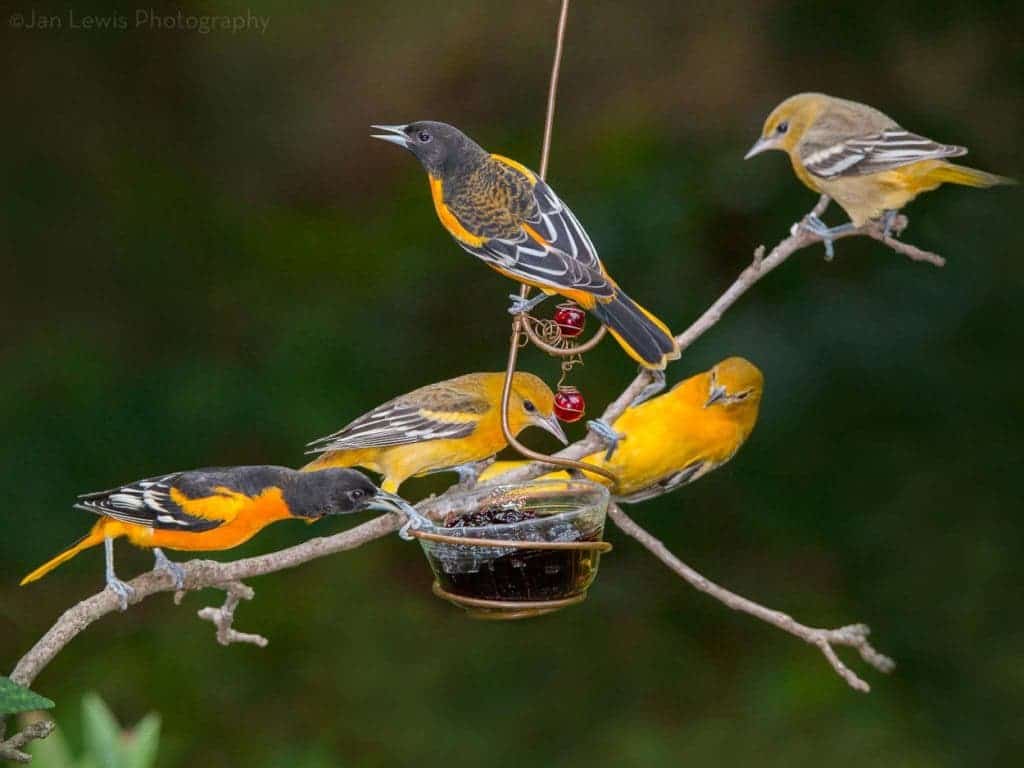One in every four species currently faces extinction and much of their vulnerability is linked to climate change, which brings higher temperatures, sea-level rise, more variable conditions, and more extreme weather, among many other impacts.

Animals react to climate change in three ways: they can move, adapt, or die. Many are moving to higher elevations and latitudes to escape warming temperatures, but climate change may be happening too quickly for most species to outrun it.
This means the survival of many species will depend on their capacity to adapt – and that’s what many are already doing. A study by the Australian National University (ANU) looked at how birds and mammals are responding to a warming world.
Animals are not only changing location and advancing the breeding time so as to track the warming seasons but also increasing their body size, despite previous predictions that the size would only get smaller with higher temperatures.
A group of researchers led by Dr. Janet Gardner measured species of 82 Australian bird species located in museums, looking for any changes in the size of their bodies over the last 50 years. They also looked at how climate varied across the range of each species during the same period of time.
“Birds really are the ‘canaries in the coal mine’ when we talk about the impact that climate change is having on animals,” said Gardner. “Because birds can carry only limited body reserves due to the constraints of flight, they can be more vulnerable to climate change than mammals.”
Birds are dealing with climate change by either reducing or increasing their body sizes, the study found, depending on their geographical location and on the type of climate they experience. In very hot and dry weathers, for example, birds were found to increase their size, linked to a lower capacity of small birds to survive to heatwaves.
“With larger body size comes the capacity to carry more body reserves, which may allow individuals to survive longer when exposed to heatwaves and other extreme events,” said Gardner. “However, getting larger has its own costs—get too big and it becomes hard to shed heat effectively.”
Whether animals can change fast enough to keep up with a rapidly warming climate remains an open question and one that requires urgent attention, Dr. Gardner said. “There is a limit to the amount that body size can change without affecting a species’ survival and reproduction,” she said.
The study was published in The Royal Society journal


